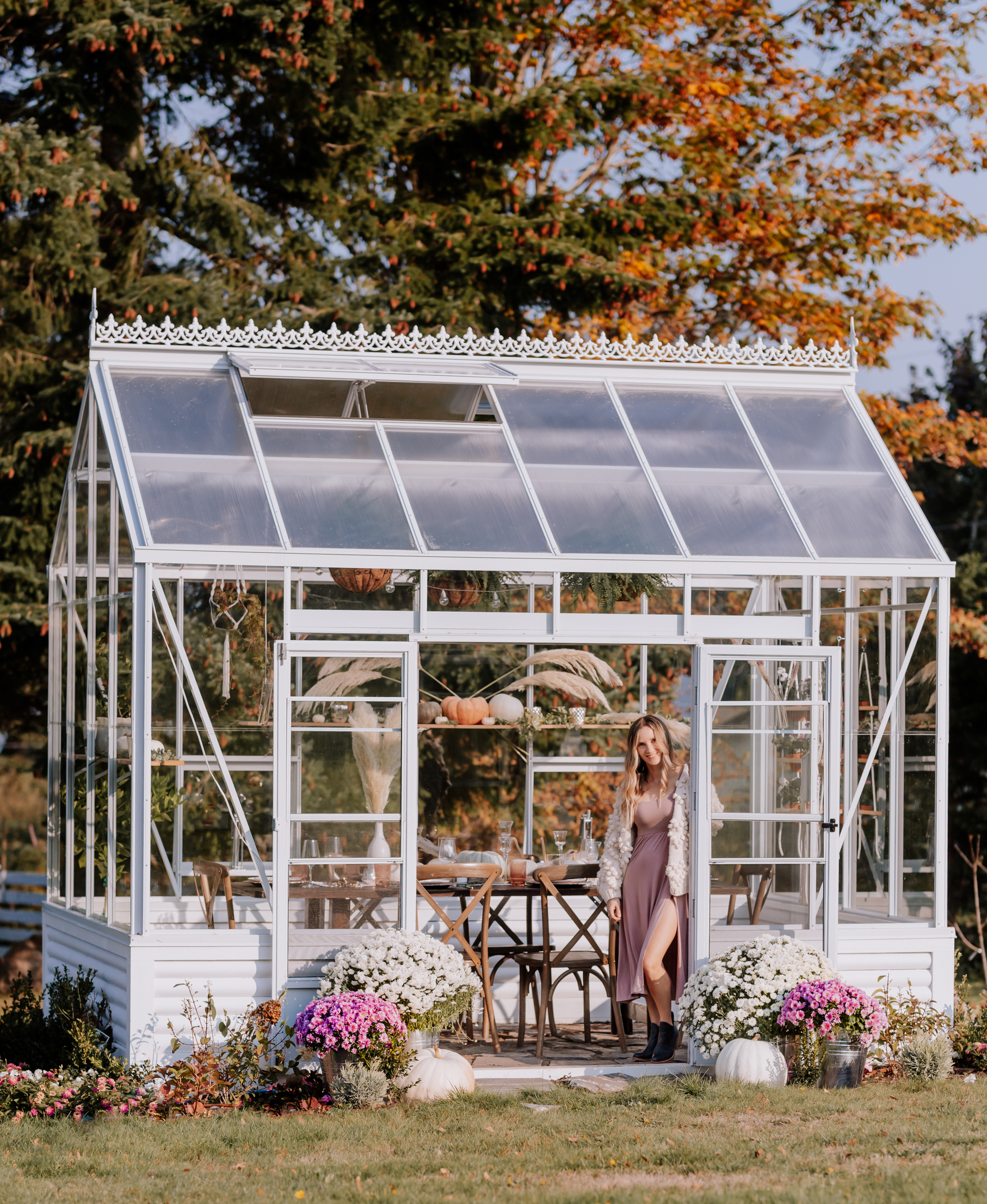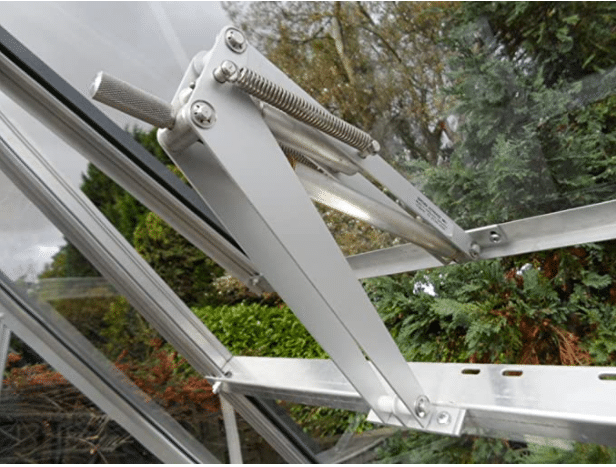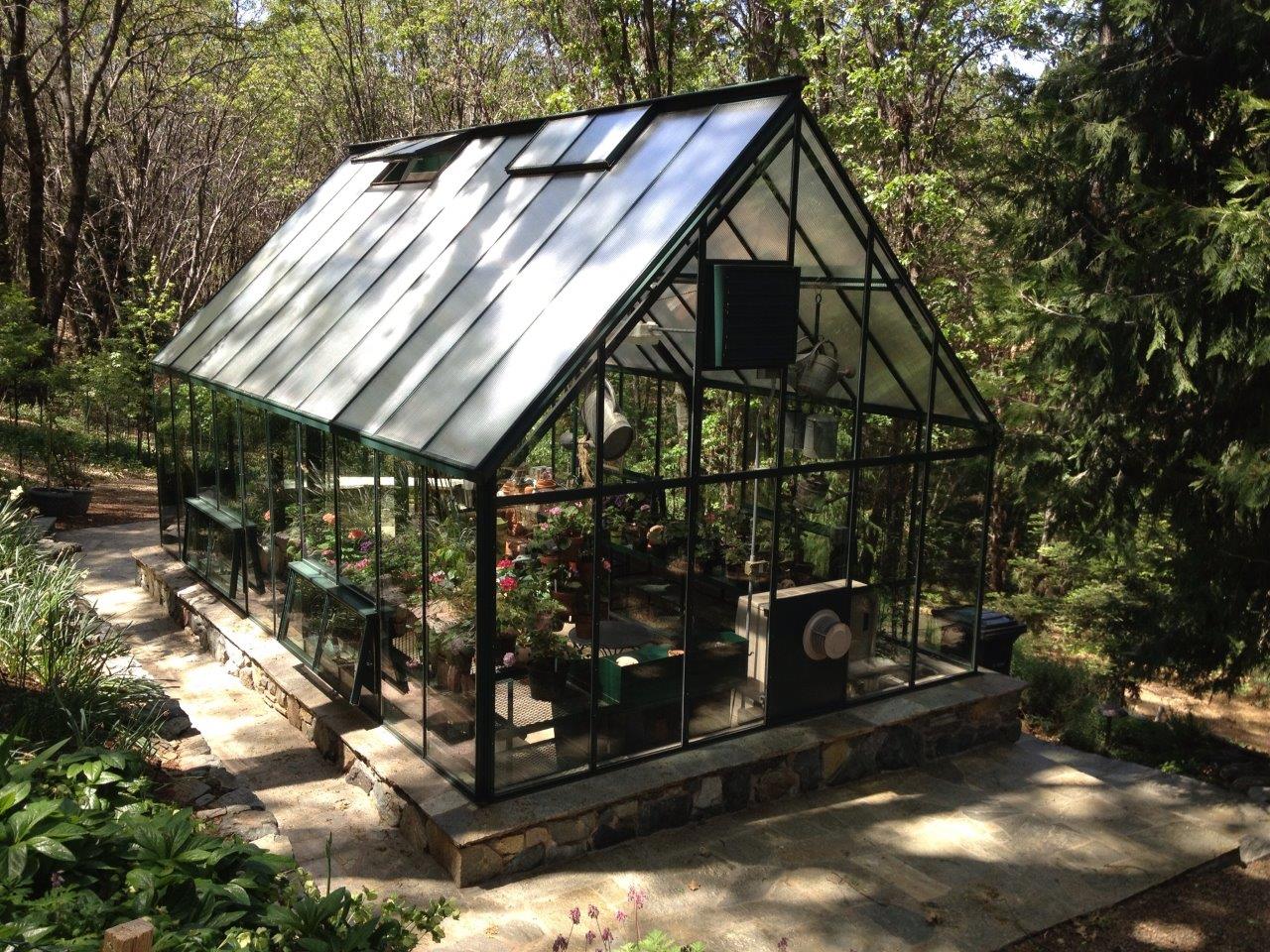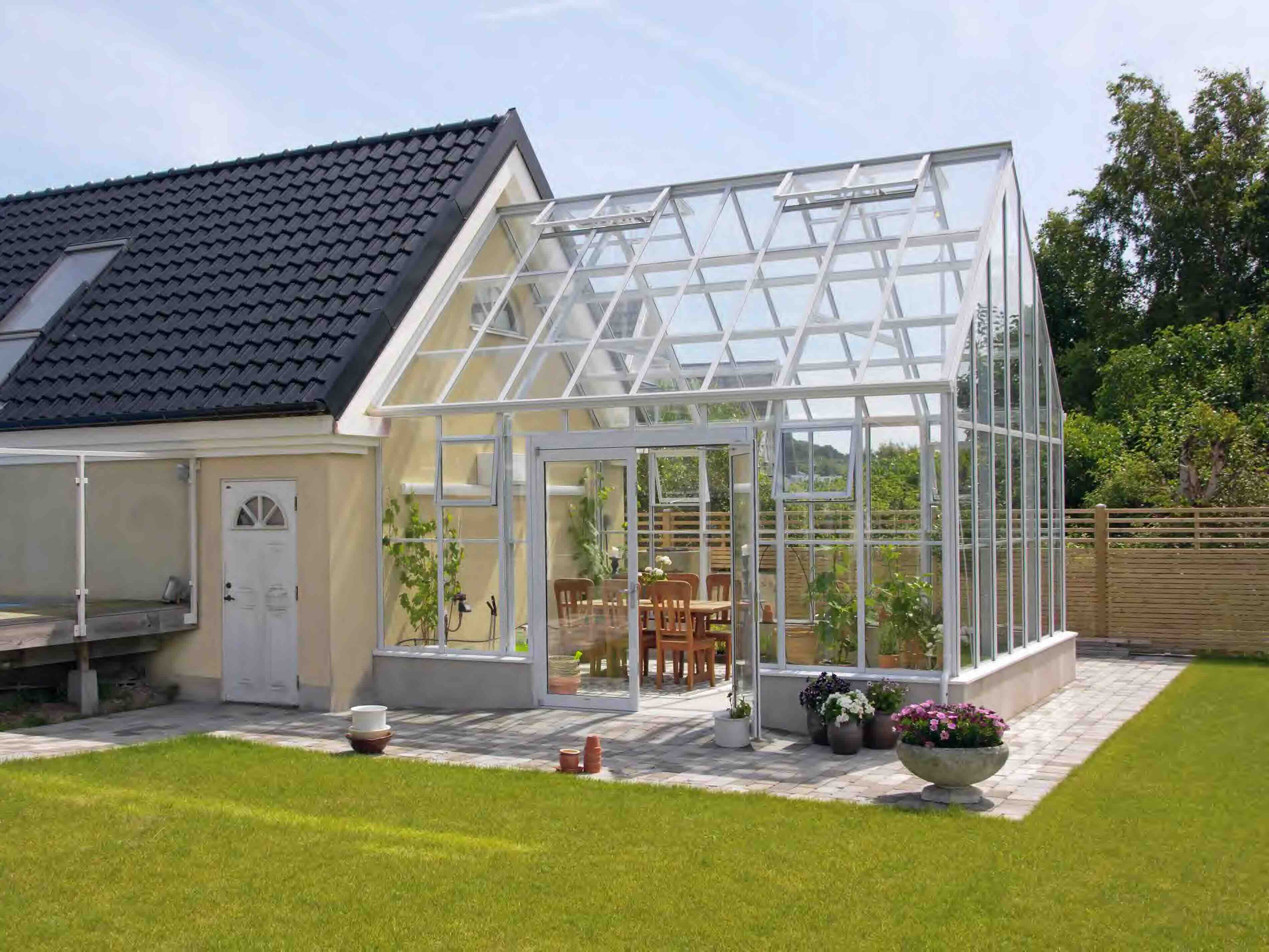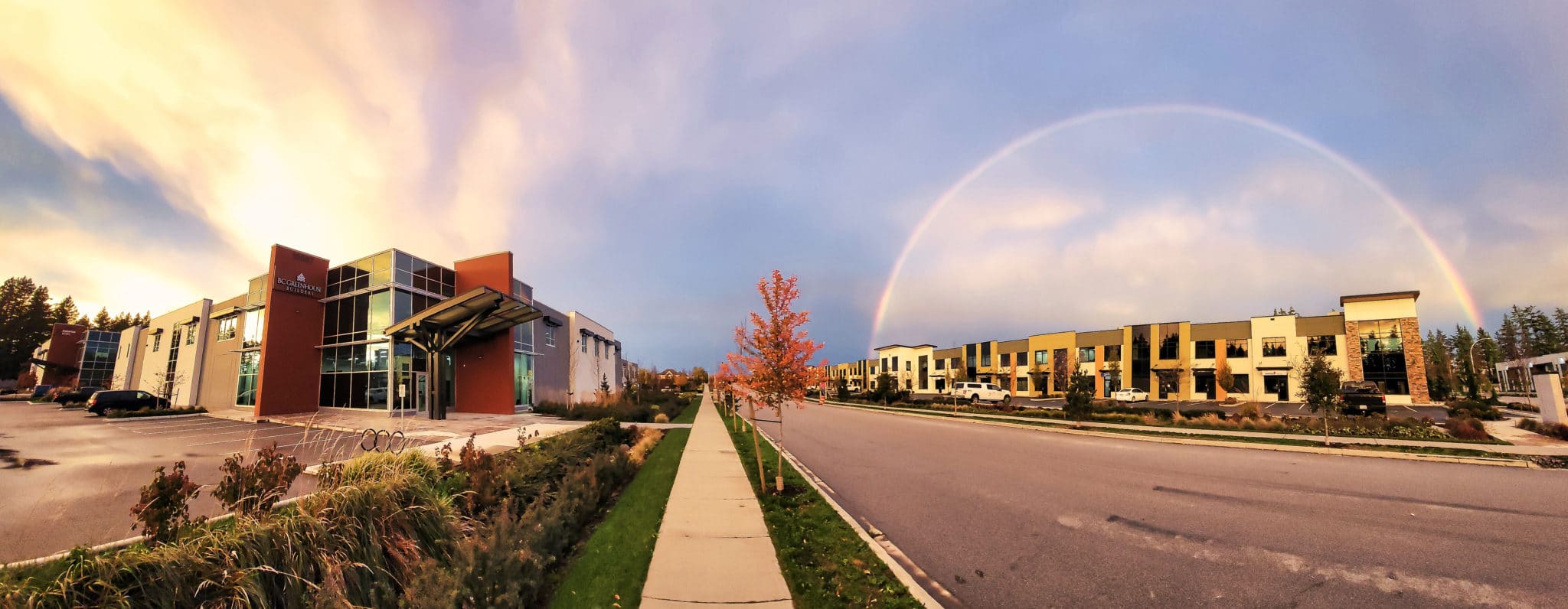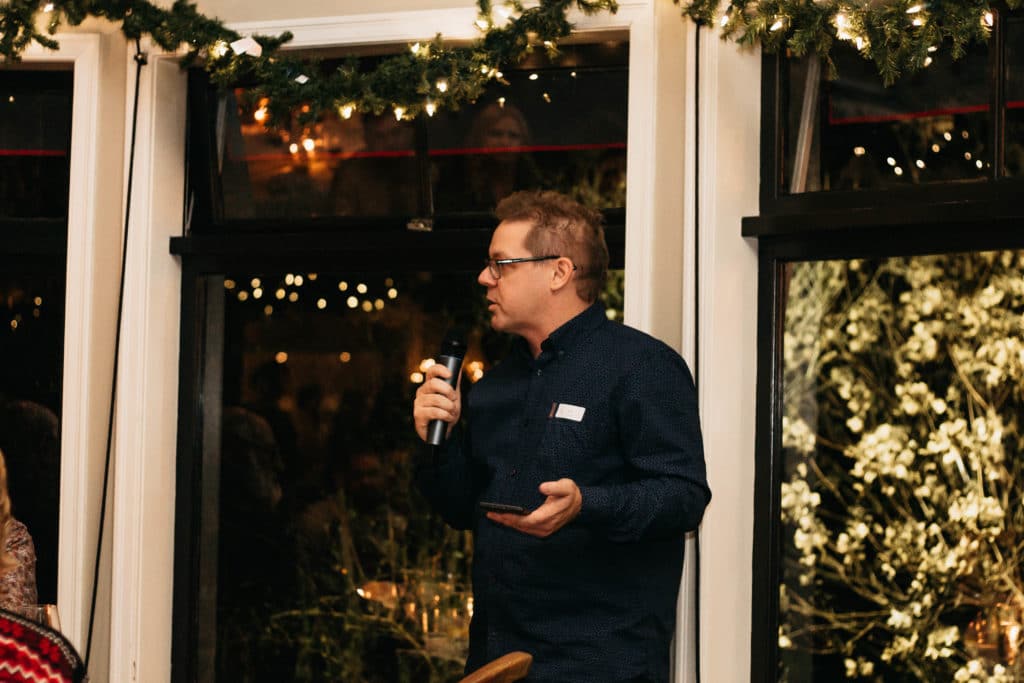What Are the First Steps When Buying a Greenhouse? Simplified
Quick Answer:
What are the first steps when buying a greenhouse? Start by choosing between a freestanding or building-attached structure—each offers unique benefits for space, light, and utility access. Next, consider greenhouse design and DIY kit styles that suit your lifestyle, garden goals, and available space. Selecting the right glazing—glass or polycarbonate—is essential for durability, insulation, and appearance. Finally, site placement is key: aim for a location with at least 6 hours of winter sunlight, easy access for construction, and convenient daily use. These simplified steps will guide you toward the perfect greenhouse to extend your growing season and enhance your outdoor living space.
Thinking about upgrading your garden space?
Wanting to expand your living area into the bright outdoors? Would you like to protect your plants throughout the colder weather that will soon be here?

